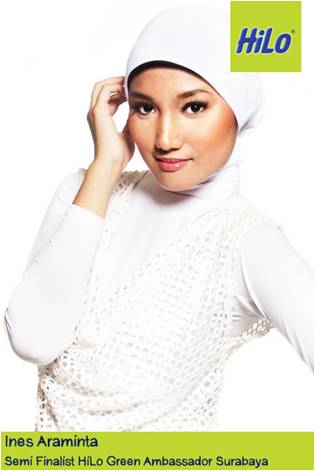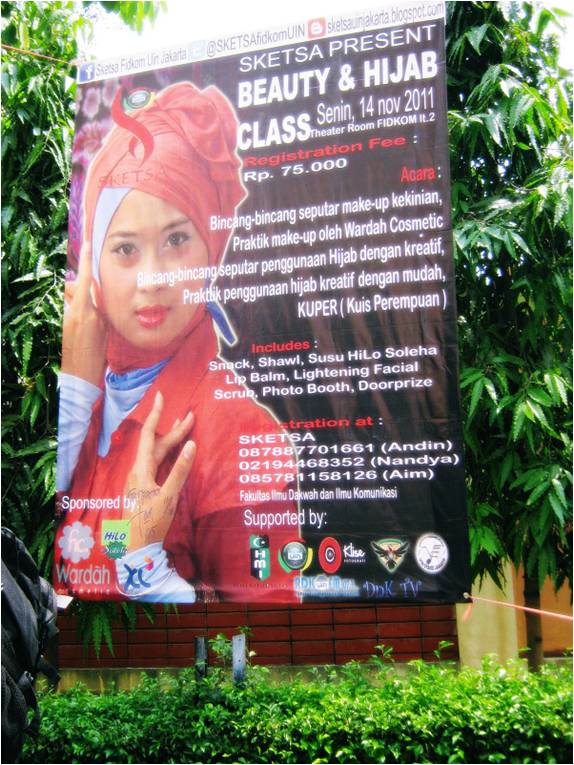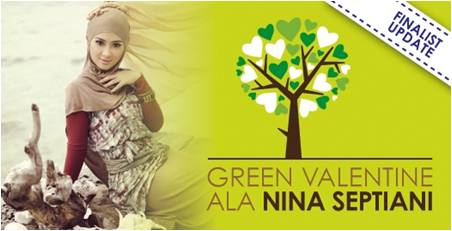Ad Critique
The Muslim Futurist women: how to support their needs and their passions
30, March, 2012
Left: Advertorial with the strapline “Love your bones, fulfill your calling”
Centre: Semi-finalist from the ‘Green Ambassador’ competition
Right: Invitation to a ‘beauty and hijab class’
Left: Hilo works with communities among those who wear the ‘hijab’
Right: Building the ‘Green ambassador’ campaign to connect hijab wearers with their concern for the environment
The context:
Women who wear a headscarf and modest clothing have less skin exposed to the sun. The claim of this product is that this results in less Vitamin D absorption, which then leads to the woman having a calcium deficiency and less healthy bones.
The concept:
Everybody deserves to have healthy bones, including Muslim women who observe their faith by wearing the headscarf. The product claim is 100% of daily vitamin D intake, for improved calcium absorption. Hilo Soleha offers a natural mineral milk for those who get low sunlight exposure. The product targets Muslim women who wear the headscarf as a youthful, connected and switched on community that cares about their faith, their health and their environment.
The campaign:
The product was originally launched in 2007, and then re-launched in 2010 with this positioning. It uses community work, campaigns and digital media to reach its target audience. For example, it co-brands with existing Muslim brands in the fashion, media, publishing or cosmetics industries. It collaborates with Muslim communities and institutions. It has an active Twitter feed, and it shares content there and on its website on topics such as health, fashion and women but mostly from a shariah-friendly perspective. They also make a charitable donation for every box of Hilo Soleha that is purchased.
What we liked:
The product and the communications have a well-identified target consumer, and they address her in a holistic way. They aim to support her in her choice to practice her faith by expressing understanding of the challenges she may face. The causes they support chime readily with with her aspiration to wear her headscarf in a correct manner, to continue to be fashionable, to be part of the community, to offer charity and to care about the environment. These causes are likely to be front of mind for such consumers from a social as well as religious perspective.
The use of the Arabic word ‘soleha’ which means ‘pious’ or ‘righteous” immediately connects the faith-inspiration behind the target consumer’s decision to wear the headscarf, with the product: that is to say, that consuming this product supports them in their choice to practice their faith. It is worth noting that the word ‘soleha’ is the female variant of the Arabic word, perhaps to reach out subtly to their female audience.
The strong community feel, without flashy advertising gives a sense of support, intimacy and understanding of Muslim women’s needs, as though Hilo is truly a friend rooting for the woman’s success.
Every aspect of Hilo’s communication conveys that the brand cares about goodness and well-being, whether that be by giving charity, by caring for the environment, or by supporting healthy bones.
The campaign uses well-known female icons who are considered beautiful for their looks as well as their activities, and are likely to inspire young Muslim women. The campaign encourages a community feel, which creates affection among Muslim women, as well as enhancing the word-of-mouth knowledge of the product.





